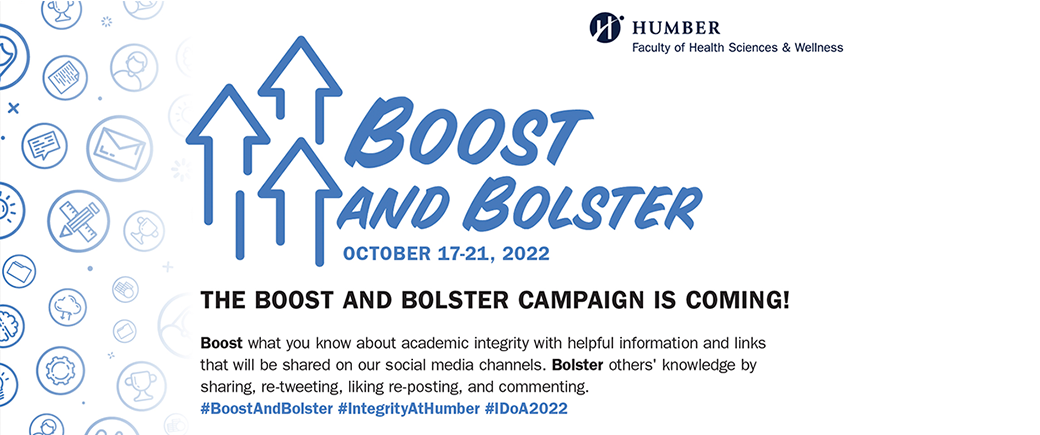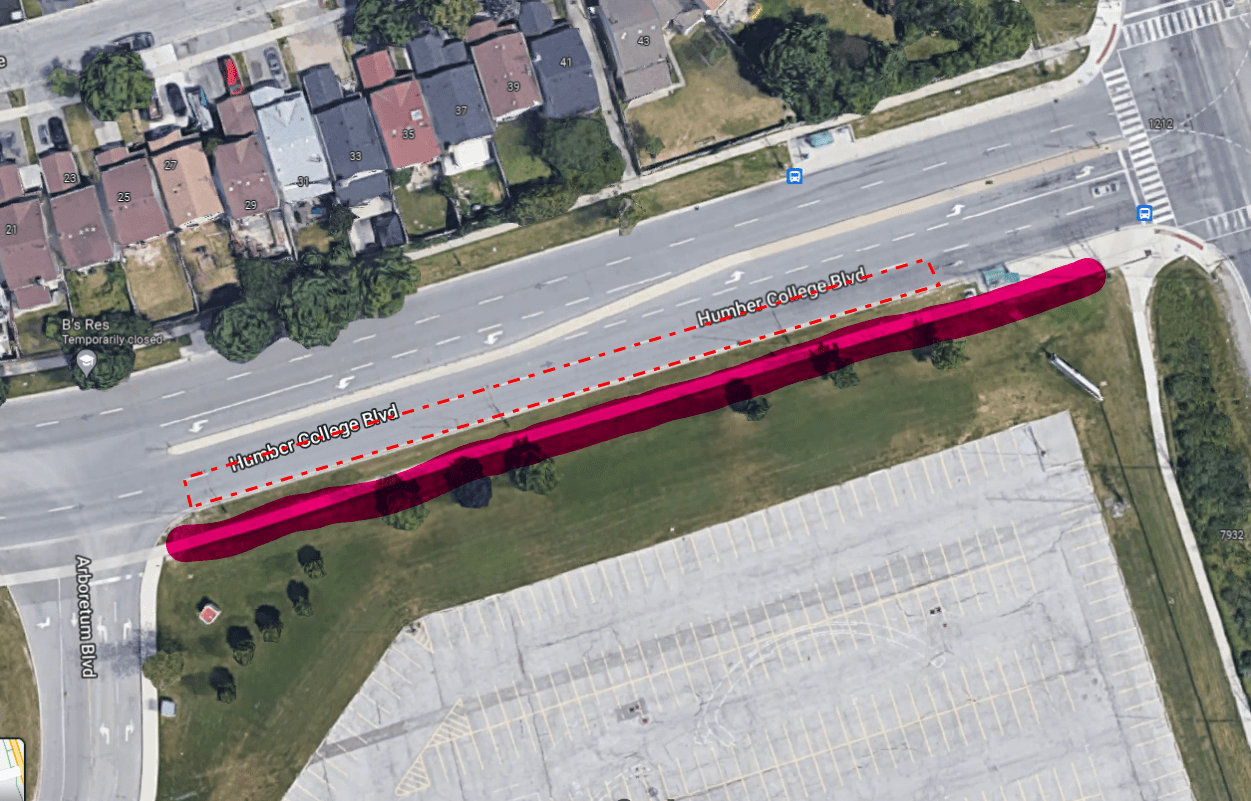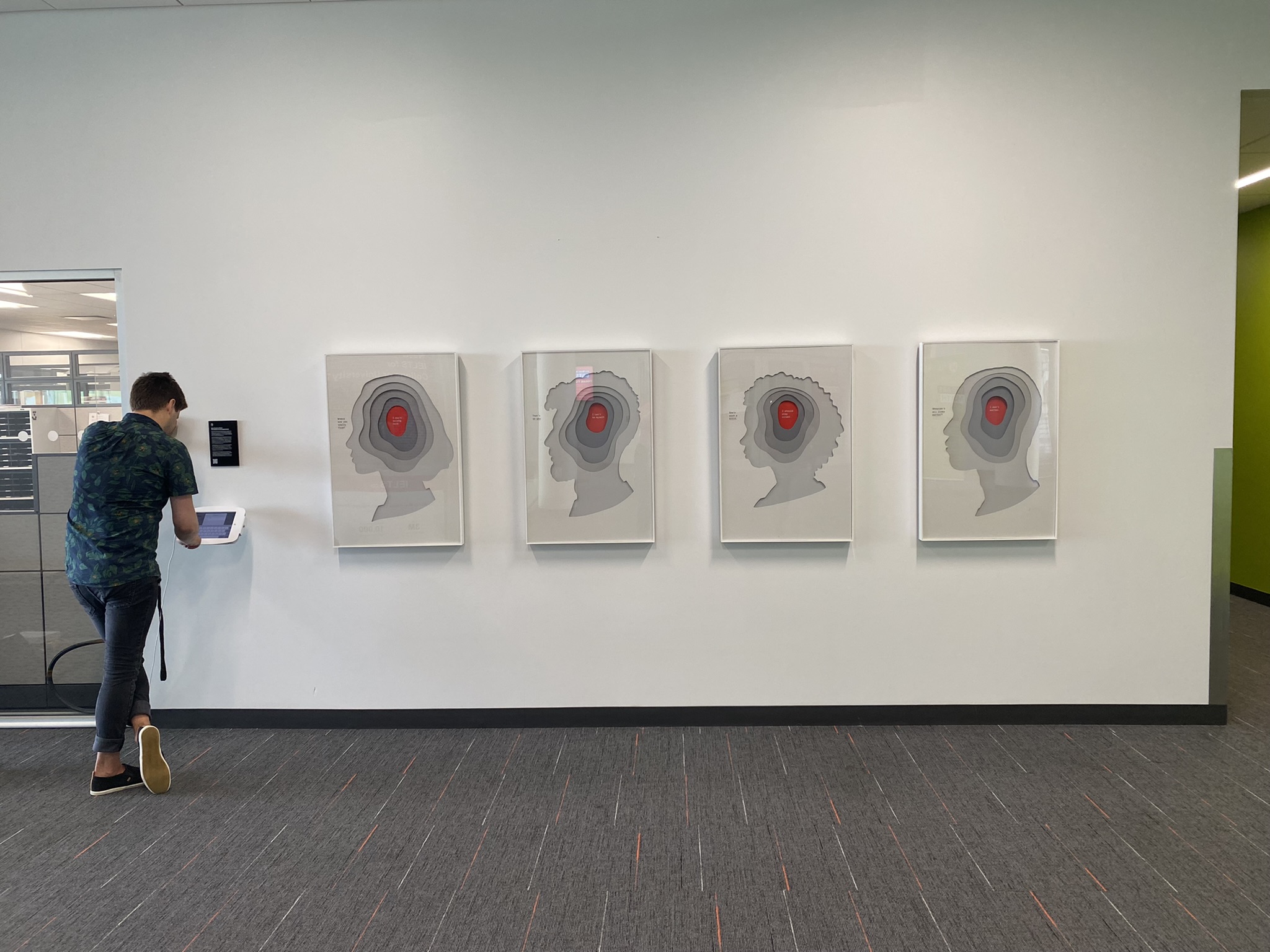Humber College has released a pair of transformative plans that will help shape and guide the future of the college for the next several years.
The Digital Campus Plan and the Academic Plan are forward-looking, three-year documents that identify future-focused priorities and strategic opportunities to support ongoing teaching and learning innovation at Humber. The two plans, which are for the years 2023 to 2026, were developed simultaneously and with close integration.
The plans were developed to align and integrate with Humber’s EDI Framework and are guided by the college’s commitment to equity, diversity and inclusion and Indigenous ways of being, knowing and doing to ensure that equity-deserving groups are supported.
Academic Plan priorities
The Academic Plan has identified three priorities:
- Expanding Humber’s range of credentials, pathways, and recognition of prior learning processes to support transitions between high school, post-secondary education, and employment;
- Creating flexible program and course delivery options that enable students to personalize their learning experience while meeting their long- and short-term educational goals;
- Supporting faculty and staff to initiate projects that enable innovation and create new ways of teaching and learning at Humber.
Digital Campus plan priorities
The Digital Campus Plan has also identified three priorities:
- Developing the digital fluency of Humber’s students, faculty and staff so they can be engaged global citizens;
- Simplifying and personalizing the experience for prospects, applicants, students, learners and alumni as they explore what Humber has to offer and access services;
- Supporting Humber employees in the transformation and the future of work so they can collaborate, be effective and stay connected with campus culture.
View the new Digital Campus Plan and the Academic Plan webpages, and view the full the story on Humber Today.
View the videos that were included in today's plan launch, showcasing the Digital Campus Plan and Academic Plan in action:
A recap video of the event will be shared in the coming days.






